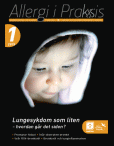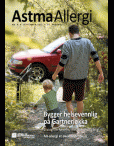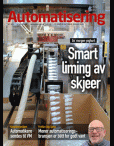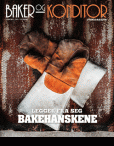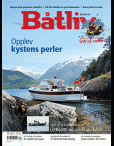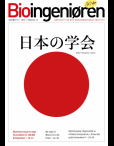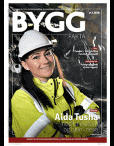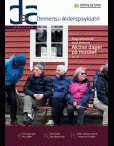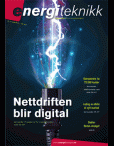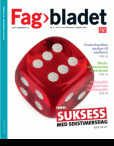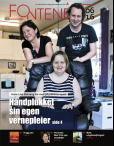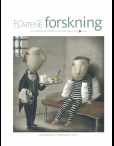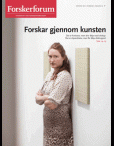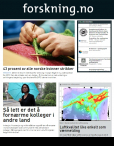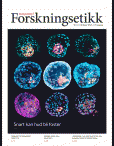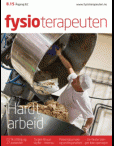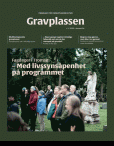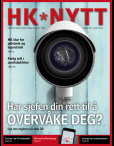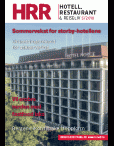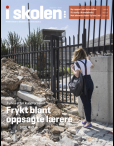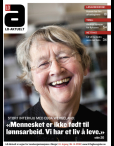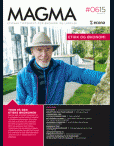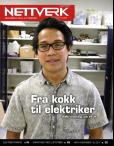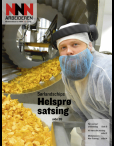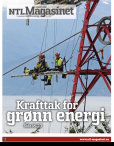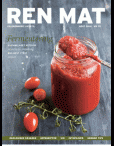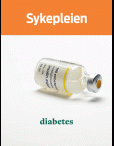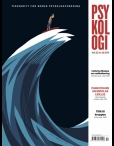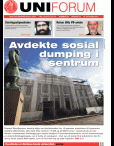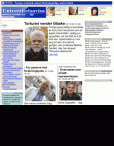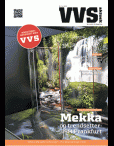NBS-nytt
25.11.2018

The most central obstruction for cytosolic delivery of therapeutic biomacromolecules is the membrane-barrier of the endosomes and the subsequent degradation in the lysosomes. To meet this challenge, an intracellular drug delivery technology, photochemical internalization (PCI), was invented and developed from cells in culture to clinical evaluation [1].
Anumber of potentially attractive cancer drugs with intracellular targets are unable to penetrate the plasma membrane, become sequestrated in endosomes and lysosomes or are recycled back from the endosomes to the plasma membrane for excretion. Macromolecule based therapeutics such as proteins (e.g. monoclonal antibodies linked to protein toxins), peptides (e.g. therapeutic cancer vaccine antigens, the anti-neoplastic agent bleomycin, nucleic acids (e.g. siRNA, PNA, mRNA and DNA) and nanomedicines (e.g. liposomal doxorubicin) are in general taken up into cells by endocytosis or phagocytosis and traffic to endosomes and lysosomes. In addition, some small molecular sized anti-cancer drugs (e.g. hydrophobic weak base chemotherapeutics) may also accumulate in endosomes and lysosomes. Entrapment of anticancer drugs in endosomes and lysosomes is one of the important mechanisms of therapeutic resistance in cancer and these organelles are hence the targets for PCI-induced permeabilisation (Fig. 1).
The first observations that lead to the development of the PCI concept was based on mechanistic studies performed in the late 80-ties of cell death mechanisms induced by drugs, named photosensitizers, that have the ability to induce photodynamic reactions essential in photodynamic therapy (PDT). The photocytotoxic effects, which are utilized in PDT, are initiated by the absorption of light by a photosensitizer that results in formation of reactive oxygen species (ROS), primarily singlet oxygen (1O2) that are utilized for therapeutic purposes [2]. Lightactivation of the photosensitizer may also lead to emission of fluorescence, a principle that is currently utilized for cancer detection and fluorescence guided resection of bladder cancer and glioblastoma (Fig.2). Singlet oxygen causes mainly membrane damage by oxidizing certain amino acids, unsaturated fatty acids and cholesterol. PDT may target cells, the vasculature, and induce inflammation that may exert beneficial effect in cancer treatment [2].
The 1O2 induced by PDT has a very short life-time (of the order of 10-40 ns) in biologic environments and since the photosenistizers (PSs) fluoresce it was considered useful in the 80-ties to perform fluorescence microscopy to identify the intracellular localization of the PSs to reveal, as a first approximation, the initial damage induced by lightactivation of the PS [3]. For a few PSs the intracellular localization was seen as “granules" (fluorescent puncta) that was later found to be endosomes and lysosomes. Furthermore, these granules disappeared (actually burst as seen on video recordings) upon exposure to light and resulted in redistribution of the PS within the cell [4] (Fig.3).
More detailed studies later showed that photodynamic treatment of cells in culture that caused rupture of a large fraction of the endosomes/lysosomes induced only minor cytotoxic effect [5]. Release of lysosomal hydrolases into cytosol has been documented to be a cytotoxic event. This suicide sachypothesis originally postulated by De Duve [6] suggests that the released hydrolases lead to degradation of cellular constituents to such an extent that cellular functions are impaired and the cells subsequently die. This was in apparent contrast to the rupture of endocytic vesicles seen after PDT. However these apparently contradictory results may be understood by only a partial rupture the endosomes and lysosomes, capture and inactivation of cathepsins that are essential for the suicidal effect of lysosomal rupture, by cytosolic cystatins, as well as high sensitivity of cathepsins to oxidation by 1O2 [5].
On this basis as briefly described above, it was hypothesized that drugs that entered the cells through endocytosis could be released into the cytosol by means of PDT-induced rupture of endosomal and lysosomal membranes. In case this could be performed without photochemical inactivation of the drug to be intracellularly delivered it was proposed that this could be used as a light-directed intracellular drug delivery technology, later named photochemical internalization [1]. The very first documentation of the PCI method was based on using different proteins gelonin (in collaboration w
Gå til medietThe first observations that lead to the development of the PCI concept was based on mechanistic studies performed in the late 80-ties of cell death mechanisms induced by drugs, named photosensitizers, that have the ability to induce photodynamic reactions essential in photodynamic therapy (PDT). The photocytotoxic effects, which are utilized in PDT, are initiated by the absorption of light by a photosensitizer that results in formation of reactive oxygen species (ROS), primarily singlet oxygen (1O2) that are utilized for therapeutic purposes [2]. Lightactivation of the photosensitizer may also lead to emission of fluorescence, a principle that is currently utilized for cancer detection and fluorescence guided resection of bladder cancer and glioblastoma (Fig.2). Singlet oxygen causes mainly membrane damage by oxidizing certain amino acids, unsaturated fatty acids and cholesterol. PDT may target cells, the vasculature, and induce inflammation that may exert beneficial effect in cancer treatment [2].
The 1O2 induced by PDT has a very short life-time (of the order of 10-40 ns) in biologic environments and since the photosenistizers (PSs) fluoresce it was considered useful in the 80-ties to perform fluorescence microscopy to identify the intracellular localization of the PSs to reveal, as a first approximation, the initial damage induced by lightactivation of the PS [3]. For a few PSs the intracellular localization was seen as “granules" (fluorescent puncta) that was later found to be endosomes and lysosomes. Furthermore, these granules disappeared (actually burst as seen on video recordings) upon exposure to light and resulted in redistribution of the PS within the cell [4] (Fig.3).
More detailed studies later showed that photodynamic treatment of cells in culture that caused rupture of a large fraction of the endosomes/lysosomes induced only minor cytotoxic effect [5]. Release of lysosomal hydrolases into cytosol has been documented to be a cytotoxic event. This suicide sachypothesis originally postulated by De Duve [6] suggests that the released hydrolases lead to degradation of cellular constituents to such an extent that cellular functions are impaired and the cells subsequently die. This was in apparent contrast to the rupture of endocytic vesicles seen after PDT. However these apparently contradictory results may be understood by only a partial rupture the endosomes and lysosomes, capture and inactivation of cathepsins that are essential for the suicidal effect of lysosomal rupture, by cytosolic cystatins, as well as high sensitivity of cathepsins to oxidation by 1O2 [5].
On this basis as briefly described above, it was hypothesized that drugs that entered the cells through endocytosis could be released into the cytosol by means of PDT-induced rupture of endosomal and lysosomal membranes. In case this could be performed without photochemical inactivation of the drug to be intracellularly delivered it was proposed that this could be used as a light-directed intracellular drug delivery technology, later named photochemical internalization [1]. The very first documentation of the PCI method was based on using different proteins gelonin (in collaboration w






